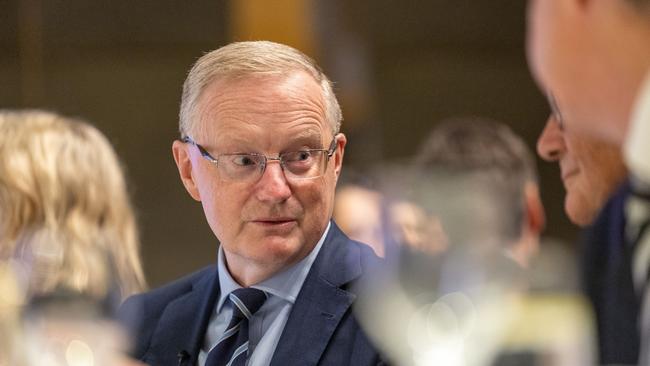
The problem is, the economy won’t let them.
The board minutes from last month’s meeting suggested the decision to hike for a 12th time or pause was “finely balanced”, but ultimately members decided to lift the cash rate target to 4.1 per cent.
That the board came that close to pausing was a big surprise, given the thundering rhetoric from Lowe the day after about the evils of inflation.
This more dovish tone from the minutes, released on June 20, softened the significantly hawkish labour force figures five days earlier, which showed a bumper month of jobs growth that pushed unemployment down to 3.6 per cent.
And by the time May’s consumer price figures came along last Wednesday – showing a much bigger than anticipated drop in headline inflation from 6.8 per cent to 5.6 per cent – the prospect of rates relief was in the offing.
Since then, sadly, the economic news has been good.
Retail trade figures showed that far from suffering through a cost of living “crisis”, Australians in May spent a record amount eating out at cafes and restaurants. We made the most of discounts, and bought flowers and chocolates in droves for Mother’s Day.
Not only are we still spending after a dozen rate hikes, property data then revealed we are also – somewhat incredibly – still bidding house prices higher, and borrowing more to fund it.
Lowe has made abundantly clear that the central bank is prepared to do “whatever it takes” to bring inflation back under control.
To soften this brutal reality, he has also said the aim is also to preserve as many of the post-lockdown labour market gains as possible.
The worst-case scenario, as outlined by leading economist Warren Hogan, is that the RBA finds by the end of the year that it has not done enough to tame inflation, and then has to push the nation deep into recession via a series of corrective rate hikes through the summer.
With so much uncertainty surrounding the delayed impact of interest rate decisions on the economy and spending, the RBA would dearly love a clearer signal that its rate hikes are getting traction and that it’s on the right path.
It’s not at all clear, from the recent run of data, that it has received that signal.




With the risk of a nasty recession rising with every move higher in the cash rate, Reserve Bank governor Philip Lowe and his board would surely like to take a breath and pause on Tuesday.